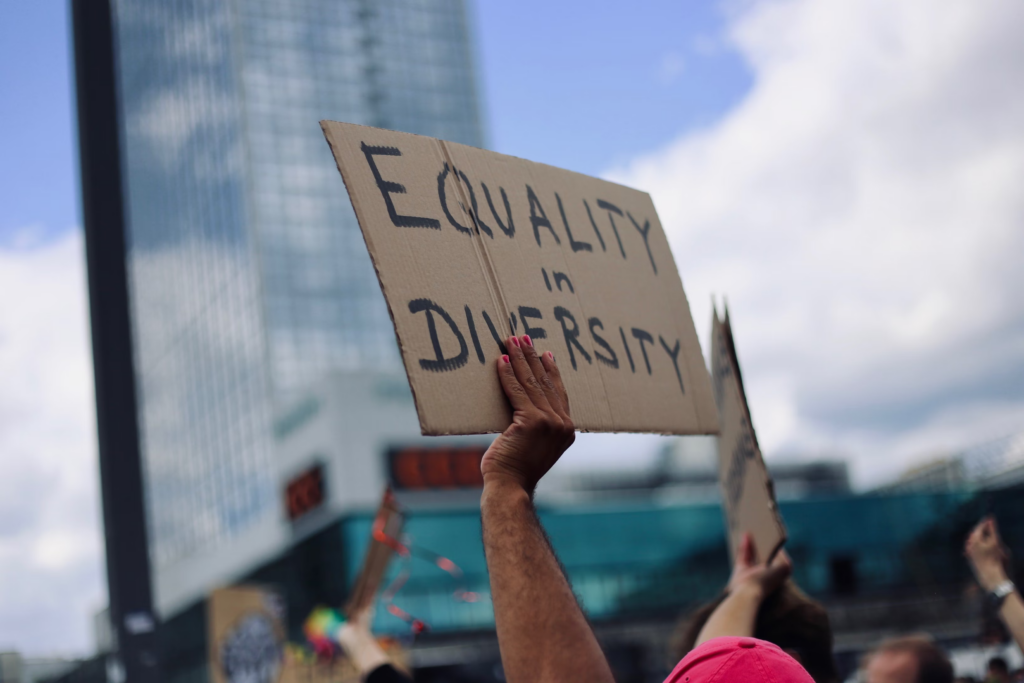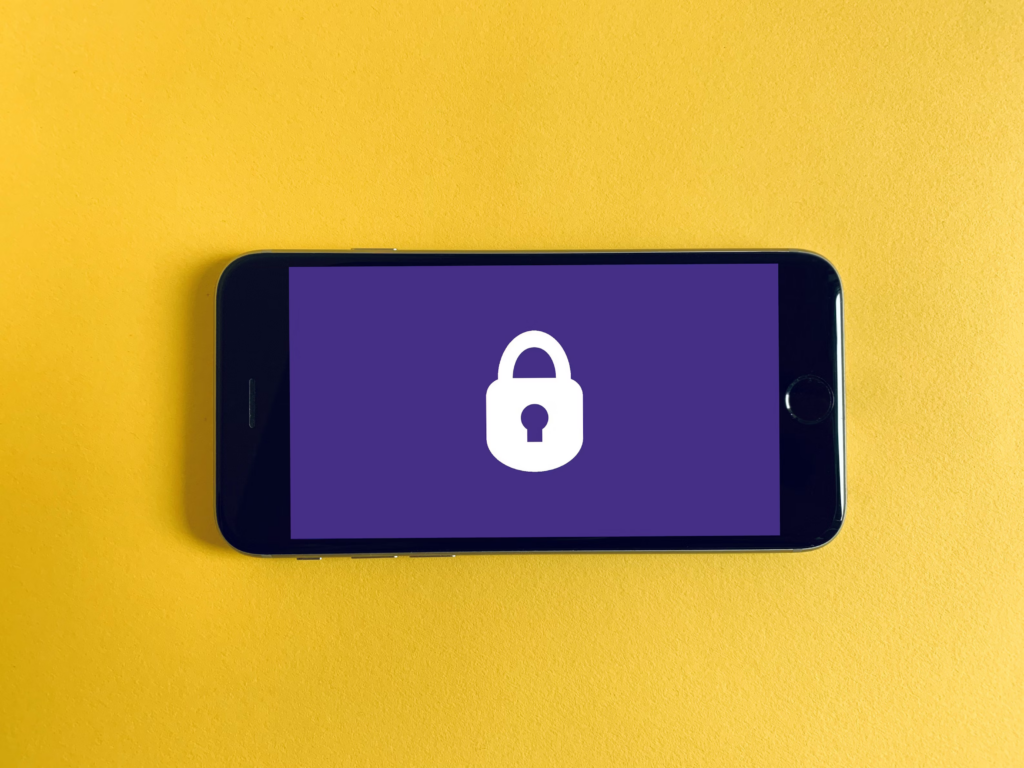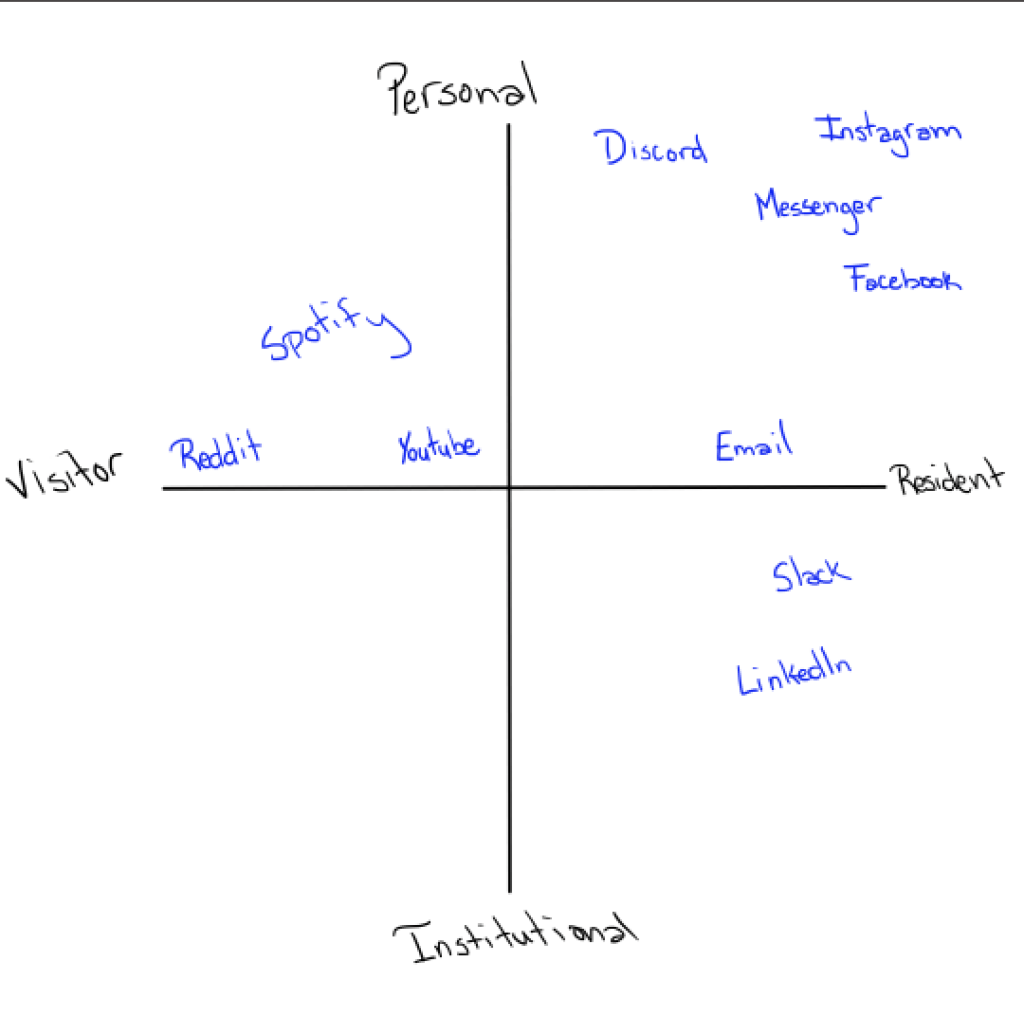PLN Spaces Through Social Media
Building a Personal Learning Network (PLN) through social media expands your connections, supporting both professional and personal growth.
For professional growth, I use LinkedIn to explore employment opportunities, network with companies I am interested in, and connect with other students who are also beginning their career. I also use it to keep up with industry updates.
On the more personal side of things, I use social media platforms like Instagram and Discord. They are the main way I stay connected to friends and family, especially those who do not live in town or are in completely different time zones.
Privacy, Ethics, and Security in Digital Spaces
Privacy, ethics, and security are crucial to creating a safe environment for all users, including yourself. I protect my information by ensuring that my social media settings are on private and periodically cleaning up my follower/following lists. I am also selective of who I allow to view my profile and avoid sharing sensitive information. Using strong, unique passwords and enabling two-factor authentication enhances security for all accounts. It is an added layer of security to protect your information online. By being mindful of what is shared online and respecting the privacy of others, we contribute to an ethical and respectful digital space.
Inclusivity and UDL in PLNs
Inclusivity in PLNs emphasizes the importance of diverse backgrounds and perspectives. It values everyone’s experiences. Making everybody feel comfortable participating and sharing is one way I ensure that my PLN is inclusive. This can look like putting the Universal Design for Learning (UDL) concepts into practice. Using multiple means of engagement, representation, and action allows flexibility for learners to engage with material in a way that suits them. This might look like more hands-on activities for some, or providing information in a variety of formats such as through videos and texts. By accommodating to their strengths, learners will feel more motivated and engaged which contributes to fostering an inclusive environment.

Challenges and Importance of Diversity in Digital Learning

Ensuring all content is accessible is key to create a diverse and inclusive digital learning environment. For example, this might look like providing captions for videos or translation services to eliminate language barriers. Pulling information from a variety of sources that represent different cultures and perspectives can be another challenge, but is still another key factor to ensuring a diverse learning experience.






Recent Comments